I mean your road noise...
I decided to take up an offer from my friend help my car with his sound deadening skills as he has done multiple BMWs with success on each of them. He'll go all out on every panel while keeping weight down.
My goal was to control the exhaust resonance that my Eisenmann Race muffler gives off at 2,500RPM to 3,000RPM under load.
What I did:
First, we started with the door panels. They are somewhat easy to access panels which are large and not broken up by folds and creases. When you tap on the exterior door panel you will hear a slight echo after like hitting an empty tin can. That slight "post tap" echo will happen whenever the panel receives a vibration.
Since it's a place you don't access all the time my friend said we want to give dynamat a surface that it can hold onto without falling off because the last you want is a piece of loose dynamat rattling on the bottom of the door. We used a simple degreaser to clean the inside surface.
After letting it hang out for a couple minutes we agitated it with a rough sponge and rinsed it all out which also helped in clearing all the dirt collected at the bottom of the door thus cleaning out the gutters and opening for water to evacuate in wet conditions.
We towel dried the panels as much as we can and let it air dry while the dynamat cutting happened.
My friend has had good success in using 3" squares which are NOT exact. He said not to worry about it being exact as different sizes will reduce different frequencies so you'll end up targeting a higher dynamic of sounds with uneven sizes.
On the panel, you pick around the middle of it and place a square there. You then tap with your fingernail on the outside he head how solid that tap sounds and you work your way away from that zone until the sound changes back to the tinny echo. That seemed to be 3" so we put another square after 3" and so on until you got as much as you can go with the limited space your hands can reach in. We used a tennis ball to press the dynamat onto the panel by either rubbing or rolling it around on it for a solid adhesion.
After dynamat was done my friend measured out strips of foam dynaliner to put over the panel and dynamat. This stuff is really light.
You can see we just covered the panel taller strips. My friend cut them longer lengthwise so we didn't need as many pieces to fit it in the panel but small enough to manage so it doesn't flop around and stick everywhere else. The method to attach without the sticky side controlling our peace was to fold the non sticky side over and pull it off after we get the piece mounted right.
Once that's done, put everything back together!
We attacked the rear fenders and trunk in the same way as the door panels. A lot less dynamat was used in the trunk because there are so many creases that minimize vibration already. The rear fenders are smooth and large so you'll need more dynamat to reduce the vibrations since there are few creases to minimize those sounds.
My results:
More of "other" things I wanted by in a positive way
When I tap on the panels that were dynamatted/lined it was just met with a solid THUD rather than a ping. Opening and closing the doors are followed with a deep bass with no post vibration so it sounds more like a safe but not quite like a bulletproof vehicle which I get to travel in when I'm on my Central America mission trips.
High frequency road noise is minimized. Running over small rocks, sand kicked up into the fender liners, sharp shock absorbed impacts are reduced and met with a solid feel. You may think your car is solid sounding already since there are no squeaks but this just damps it even more without losing any connection to the road that we love so much.
Low frequency exhaust drone is still there (maybe reduced a tiny amount) but anything high frequency on my setup, S54 rasp...is dramatically reduced so inside the car I hear mostly mid to low tones. WOT past 4,000RPM sounds even better because the engine induction sound has been greatly defined inside the cabin.
What I learned:
Sound deadening panels with dynamat and dynaliner seems to work best for minimizing mostly high frequency vibrations. Resonance (my exhaust tone) is more of a low to mid tone which is birthed and builds up over a larger areas of metal so it's much more difficult to localize compared to getting rid of a rattle or a quick high frequency "ping".
How much weight did I add?
I think I might have used one to two pounds at most. Heavy dynamat is used sparingly but enough to damp vibrations. Dynaliner is much lighter so is is used in larger sized pieces. I'm not sure exactly how much was used currently because my friend has loads of it in bulk at his place to do many cars.
How to improve?
I am going to work on the trunk and rear fenders a bit more. The rear passenger seating surface hasn't been touched and I haven't tried pulling off the interior rear side panels to access the middle of the car which I want to do. Hope some of my new found experience and knowledge helps. I can say for sure that everyone will get different results. Not everyone's car setup is the same and not everyone's geographical location and road conditions are the same.







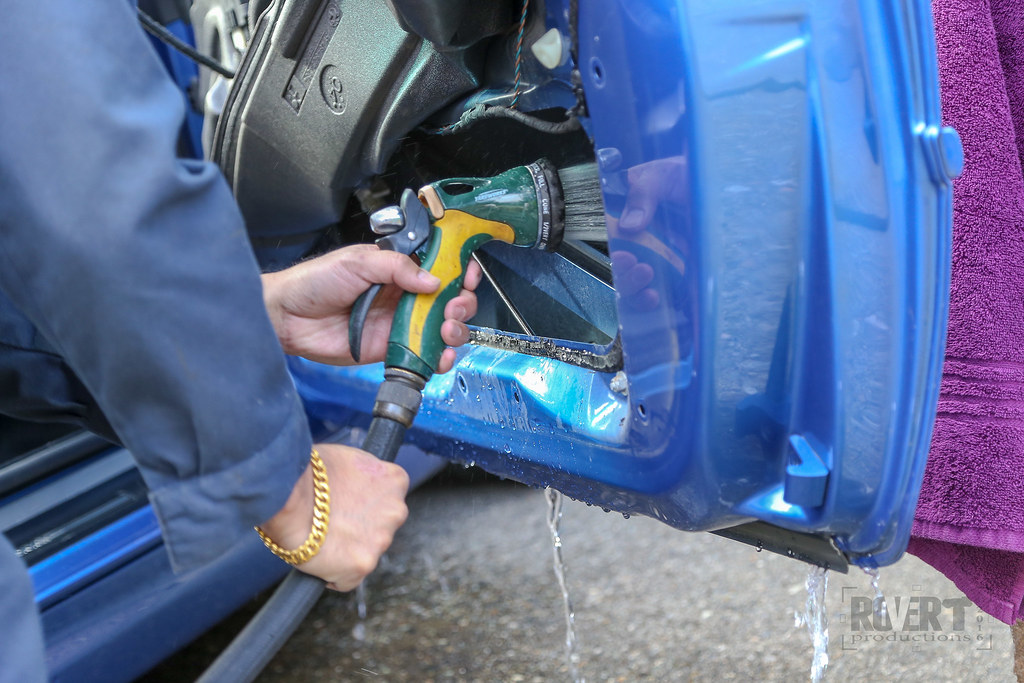
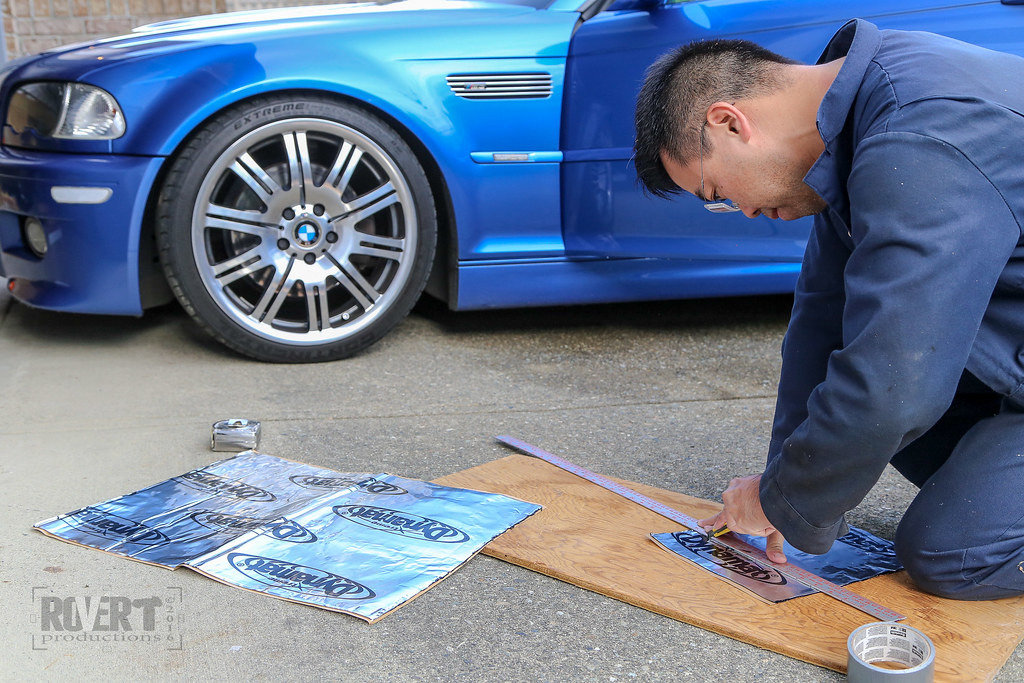


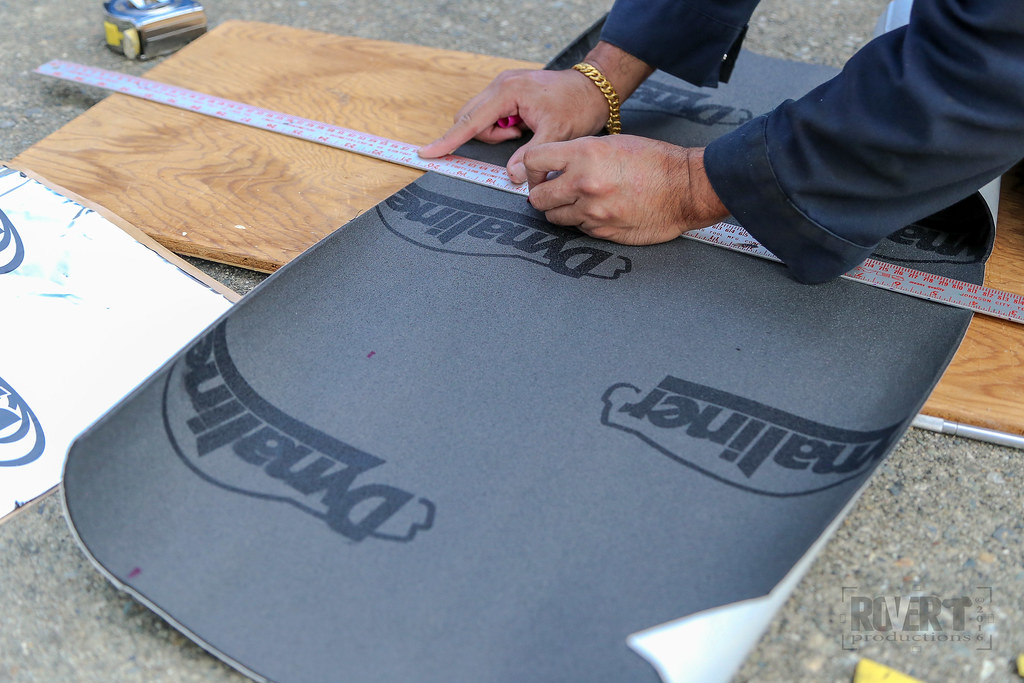
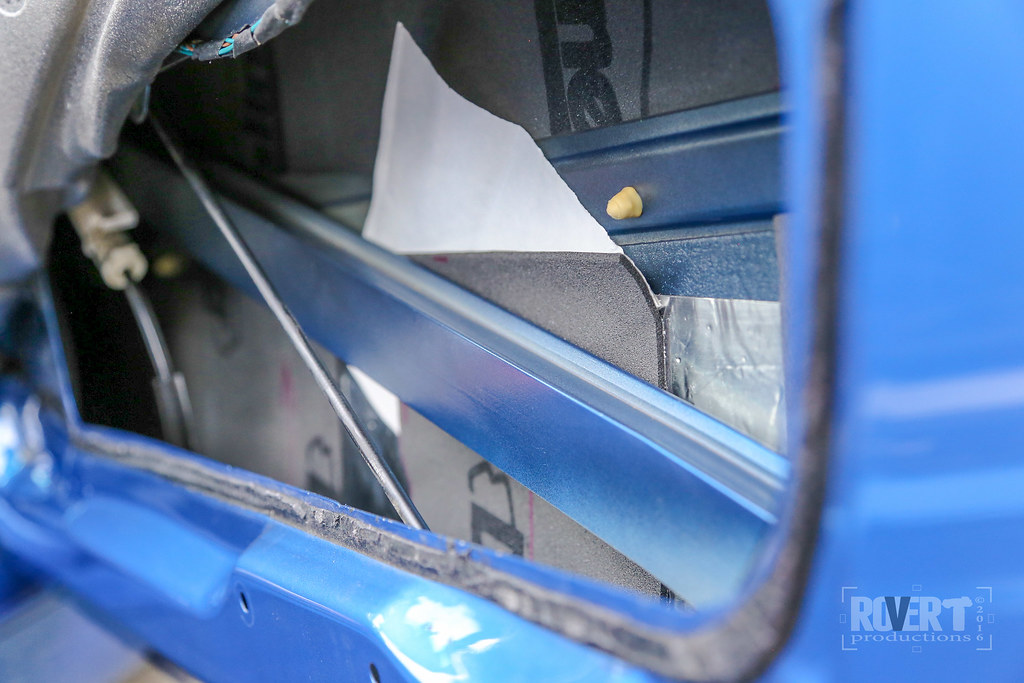

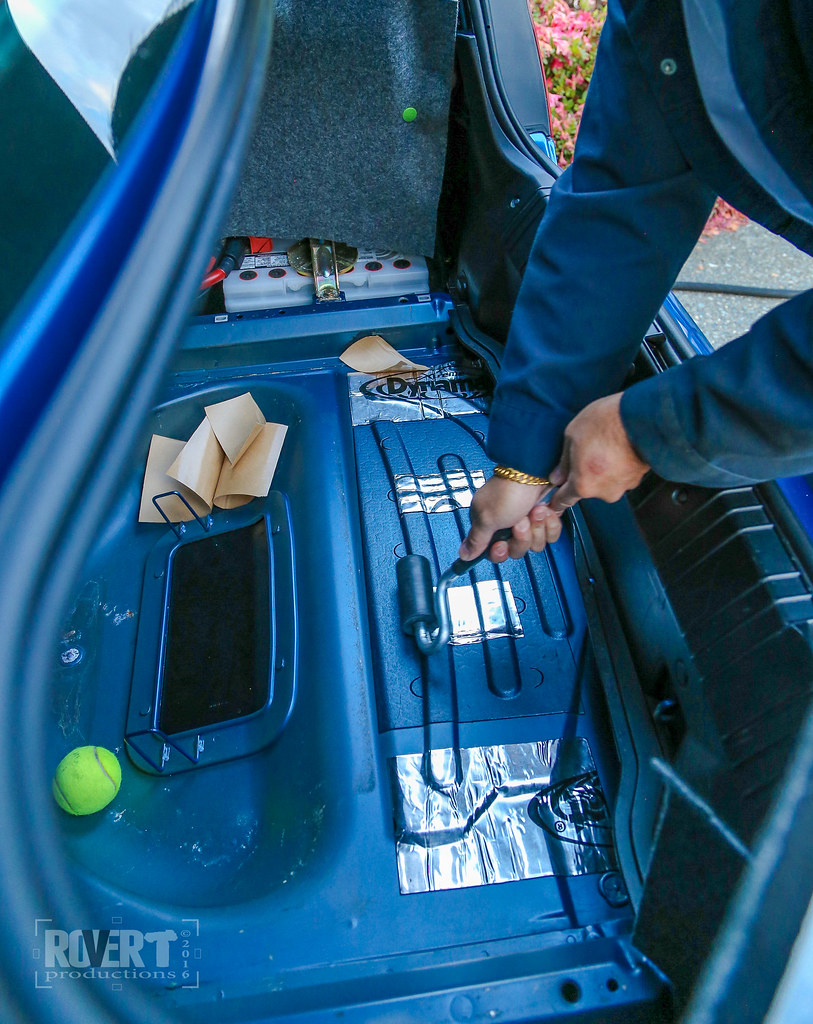

 Reply With Quote
Reply With Quote
